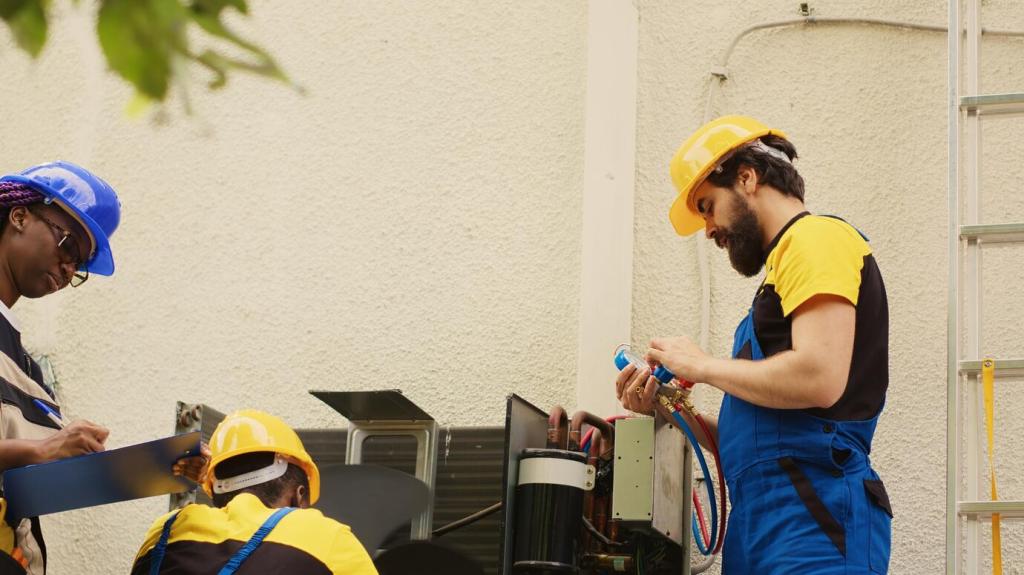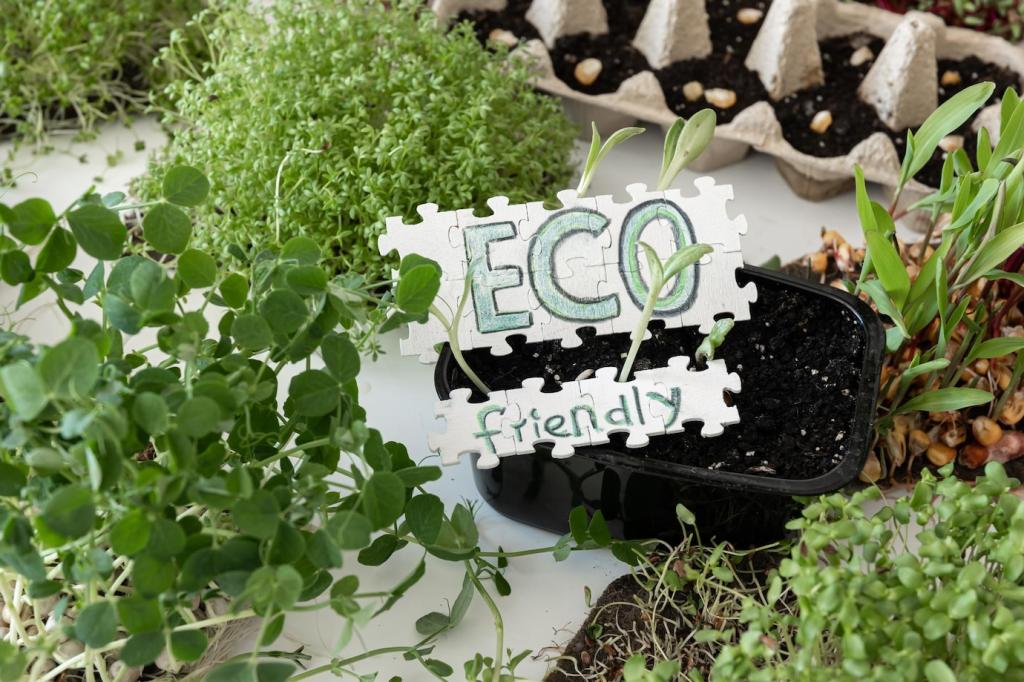Build Your Sustainable Upholstery Routine
HEPA vacuum high-touch zones, seams, and under cushions. Rotate or flip cushions to distribute wear, and spot-check arms and headrests for early soil. This quick pass prevents buildup and reduces cleaner use. Try it this week and report how your fabric looks after a month.
Build Your Sustainable Upholstery Routine
Check cleaning codes, test your solution on a hidden area, mend small snags, and refresh odor-prone spots with baking soda. If covers are removable, launder per label and line dry. Want the full checklist? Subscribe and comment with your fabric types for a tailored version.






